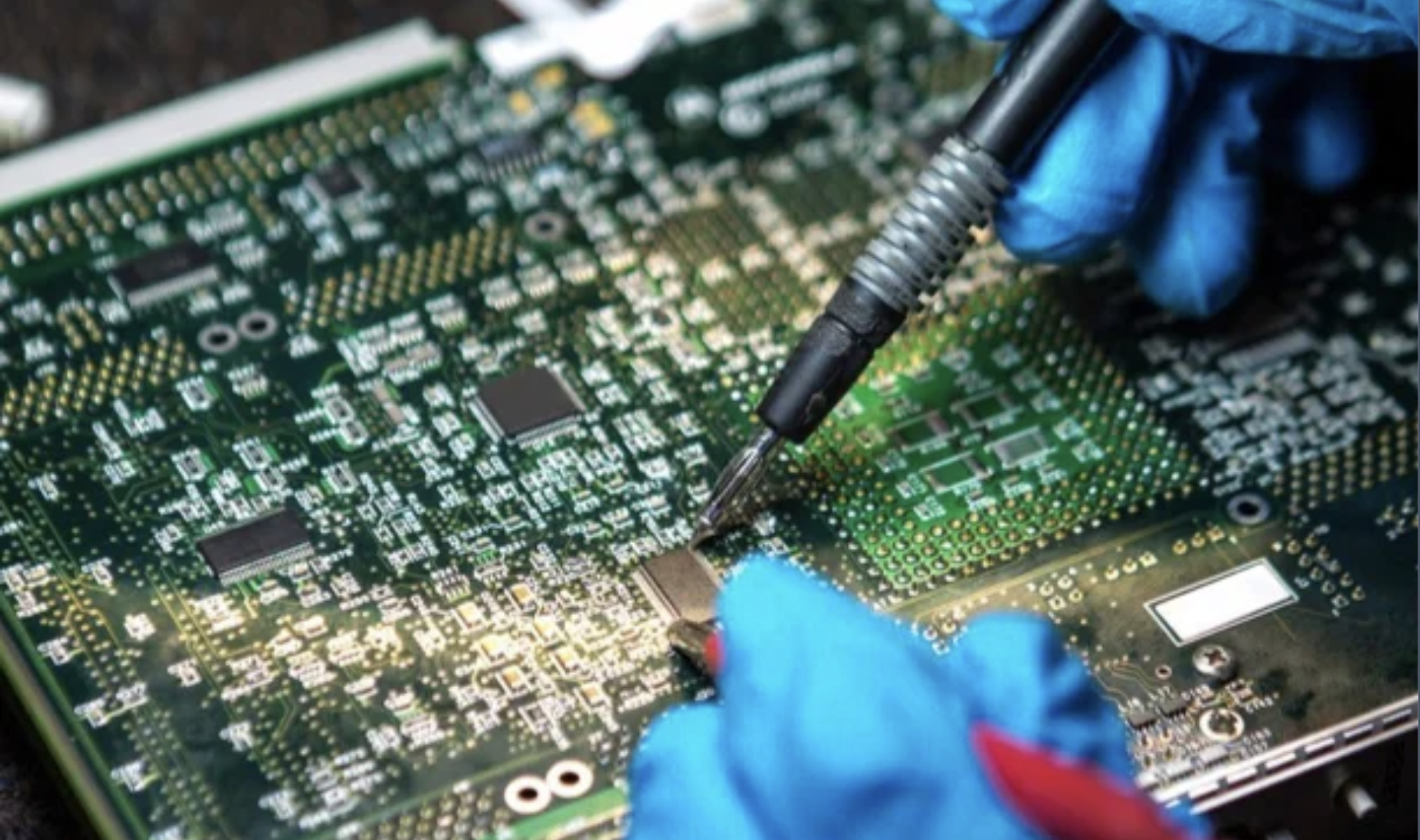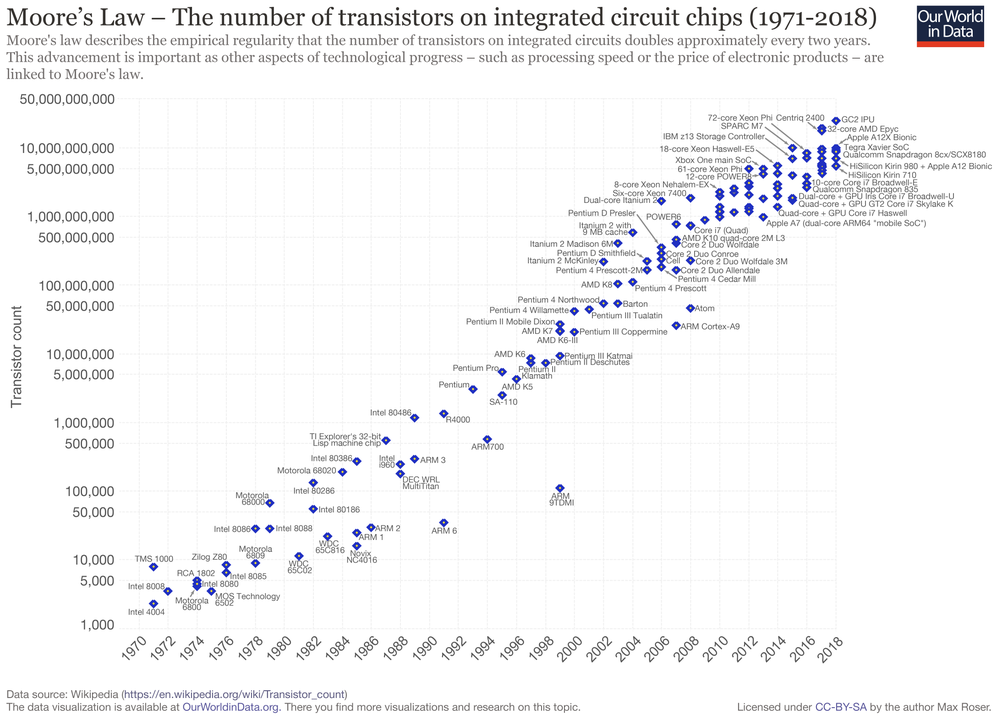
Inspiration for Electronics
Why should we learn electronics? What’s so cool about them?
What problems can we solve with them?
Take a look to the following examples and choose one. Explain what do you like about it and how do you think it works.
Writing Invention
The Future of Electronics is Light
In the technology world, one of the biggest questions of the 21st century is: How small can we make transistors? If there is a limit to how tiny they can get, we might reach a point at which we can no longer continue to make smaller, more powerful, more efficient devices. It’s an industry with more than US$200 billion in annual revenue in the U.S. alone. Might it stop growing?


A Doctor's Instrument in the Patient's Hands
Everyone is talking telemedicine these days—but how do you check a patient’s heart or lungs through a screen? Enter MedWand, a handheld device that includes multiple diagnostic tools for the patient to perform and the doctor to view. The device includes attachments for evaluating the heart, lungs, blood oxygen level, nose/throat/mouth, and more. MedWand can also be used by home health care or emergency workers in the community, or by physicians or other clinicians in remote or inaccessible areas.

Airbag for Cyclists
Direct-to-Surface Solar PV Goal: Develop low cost plug-and-play standards for mounting solar photovoltaics directly to plywood roof at a cost lower than traditional non-solar surfaces s
Next Generation IoT and LED Lighting Goal: Develop standards for attaching windows, doors, lights, ceilings and walls to network: 99.999% reliable, < $1 per node electronics
Window Thermal Cover Goal: Develop low cost standard for covering windows with rolled motorized insulators.
Solar Thermal Energy Storage Goal: Develop standard for storing thermal energy in water tanks or blocks of solid material, providing heat or cooling after sunset.
Automated Drilling Goal: Reduce cost of drilling into soil via automation and other advanced techniques. Water circulating between 55°F soil and building reduces HVAC energy demand significantly.

